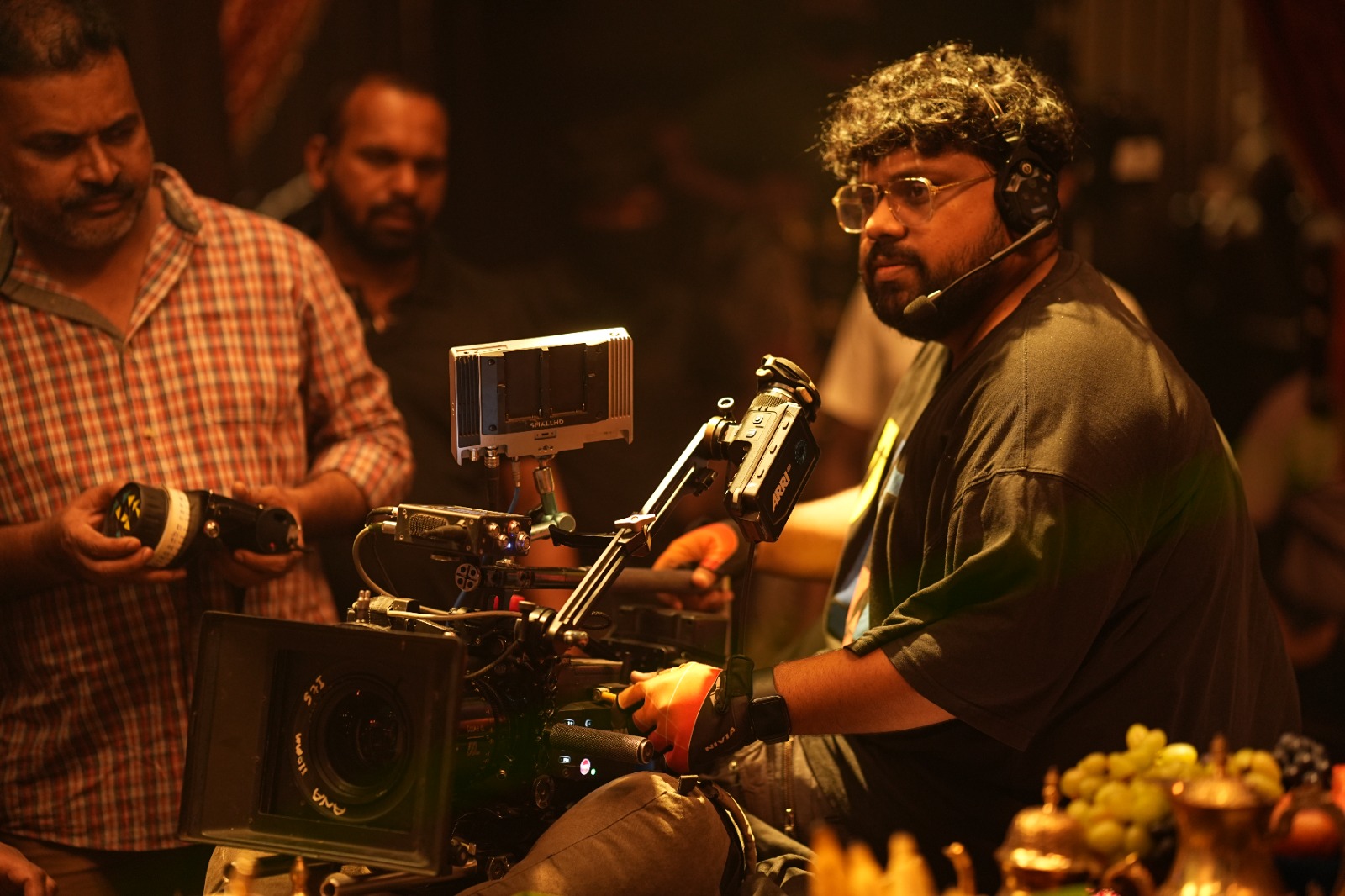
Kantara Chapter One: DOP Arvind kashyap
Oct 28 2025
🎥 SICA Exclusive: Crafting the Mythic World of Kantara: Chapter 1
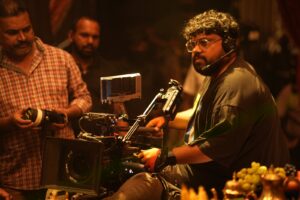
An Interview with Arvind S. Kashyap, ISC
As part of SICA’s ongoing initiative to showcase outstanding visual storytellers shaping the future of Indian cinema, we present an exclusive conversation with Arvind S. Kashyap, ISC — a cinematographer whose work bridges mythology, science, and human emotion.
Known for his visually rich films like Bell Bottom (2019), 777 Charlie (2022), and Hostel Hudugaru Bekagiddare (2022), Arvind’s latest venture, Kantara: Chapter 1, redefines the language of Indian mythic realism.
Reuniting with actor-director Rishab Shetty, he constructs a cinematic world where nature, culture, and divinity converge — seen through the warmth and depth of the Cooke Look.
Q: Arvind, how did your transition from mechanical engineering to cinematography begin?
Arvind S. Kashyap:
Before cinema, my world was purely mechanical. I studied engineering, and I was fascinated by motion, precision, and the science of optics. I used to build and fly my own drones — this was long before drones became mainstream in cinematography.
It wasn’t just about the machine; it was about discovering perspective. Engineering taught me structure and problem-solving, but cinema taught me how to feel light — to translate emotion into imagery.
Q: What led to your creative partnership with Rishab Shetty?
Arvind:
I started as an assistant director on Lucia and later worked under cinematographer Karm Chawla, who introduced me to Rishab. We connected immediately — both of us believed that visual storytelling should feel rooted yet universal.
Our collaborations, including Kantara, are built on that philosophy. Kantara: Chapter 1 expands the universe we created — it’s not just a prequel, it’s a deeper exploration of faith, nature, and humanity.
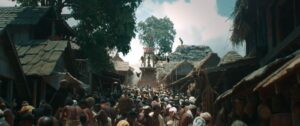
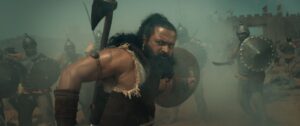
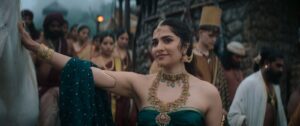
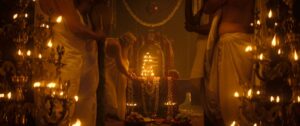
Q: The visual design of Kantara: Chapter 1 feels immersive and grand. How did you approach world-building?
Arvind:
It was a massive process. We began with field research — visiting old palaces to study their architecture and privacy structures. We discovered that many royal spaces were intentionally confined, symbolizing hierarchy and secrecy. That became a visual language for me — tight spaces, narrow shafts of light, controlled compositions.
In contrast, the exteriors in Kundapura were wild and spiritual. About 80% of the film was shot in real locations to retain texture, while the remaining sequences — over 3,000 VFX shots — extended those worlds authentically. The production stretched over 18 months, allowing us to perfect the fusion of physical and digital realism.
Q: Your lighting style in this film seems to carry emotional weight. Can you elaborate?
Arvind:
Light, for me, is a character — not a tool.
The palace sequences were about control and dominance, so I used harder, directional sources. The forests were about surrender — softer light, natural diffusion, and reflection.
Even in our VFX or chroma setups, we didn’t go for sterile even-lighting. I kept the imperfections — slight shadows, uneven tones — because they make the scene feel human. Perfect images rarely feel real.
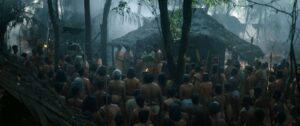
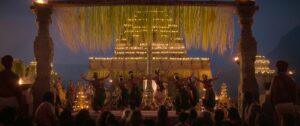
Q: You’ve used both anamorphic and spherical formats. How did that choice serve the story?
Arvind:
I tested multiple lenses, but Cooke gave me the emotional warmth I was looking for.
For day sequences, I used Cooke Anamorphic FF (non-special flare) lenses — they have that mild barrel distortion, subtle warmth, and organic roll-off that make the image alive.
For night scenes, I shifted to Cooke S8/i spherical lenses — they handle low light and contrast beautifully, especially for VFX integration. Using both formats created a visual rhythm — the day feels grand and earthly, the night feels spiritual and mysterious.
Q: The camera movement in Kantara: Chapter 1 feels almost alive. Was that intentional?
Arvind:
Absolutely. I wanted the camera to feel sentient — not just an observer but a participant.
The first fifteen minutes are about drawing the viewer into a state of wonder and chaos — to make them feel the pulse of this world.
In the climax, we played with aspect ratio transitions — shifting from Cinemascope to flat — to enhance emotional impact. It’s subtle but deeply effective in amplifying the storytelling rhythm.
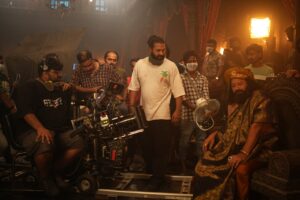
Q: Given the film’s physical demands, how did you handle on-set safety?
Arvind:
Safety was always the priority. We had several complex sequences involving elements like fire and water, and we couldn’t afford uncertainty.
Before every major shoot, we ran detailed rehearsals — not just blocking, but physics-based analysis of what could go wrong. Those rehearsals helped us foresee risks and adapt. When you work with real environments, nature doesn’t give second takes, so preparation is everything.
Q: The music and sound of Kantara: Chapter 1 feel inseparable from its visuals. How did that synergy happen?
Arvind:
Composer Ajaneesh Loknath and I discussed the tone from the very beginning. We both wanted authenticity. For Chapter 1, he delved into tribal music of coastal Karnataka, especially around Kundapura.
Nearly 60% of the sound was recorded outdoors — not in studios — to capture the air, the space, the natural echo. That sonic texture complemented our imagery perfectly. You can hear the world as much as you can see it.
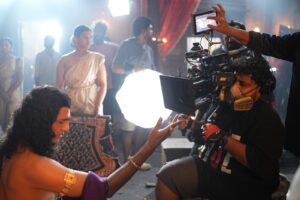
Q: What role did Cooke optics play in achieving the film’s visual tone?
Arvind:
Cooke lenses gave me exactly what I needed — warmth, character, and a soul. The gentle fall-off, natural skin tones, and that subtle softness helped translate emotion without over-polishing.
Cooke’s glass allowed me to balance science with spirituality. It’s not just optics; it’s poetry made tangible.
Q: What do you think Kantara: Chapter 1 represents for Indian cinematography today?
Arvind:
It represents a step forward in both thought and craft. Indian cinematography today can stand shoulder-to-shoulder with global standards — provided we stay true to our roots.
This film was a reminder that technology is not the soul — vision is. When collaboration and intent align, Indian stories can reach anywhere in the world.
Q: Finally, your message to young cinematographers and students?
Arvind:
Observe light every day — that’s the best training ground. Watch how it touches skin, metal, dust, leaves. Don’t rush to imitate; learn to interpret.
And respect your crew. Cinematography is a shared art form — it thrives on humility, teamwork, and constant curiosity. The lens can only see what the heart understands.
Experts’ Corner
Arvind’s insights and visual analyses have been featured in Cooke Optics
His thoughts on lens character, VFX integration, and the philosophy of light continue to influence a new generation of Indian cinematographers.
Arvind S. Kashyap, ISC, who push the boundaries of visual language while staying rooted in craft and culture.
He thanks his Director Rishab Shetty, Producers and all technicians for this film making experience
Through Kantara: Chapter 1, he has not only elevated mythic storytelling but also redefined how Indian cinematography can blend technology, science, and soul.
Article conceived and drafted by
CJ Rajkumar
Author/ Cinematographer
